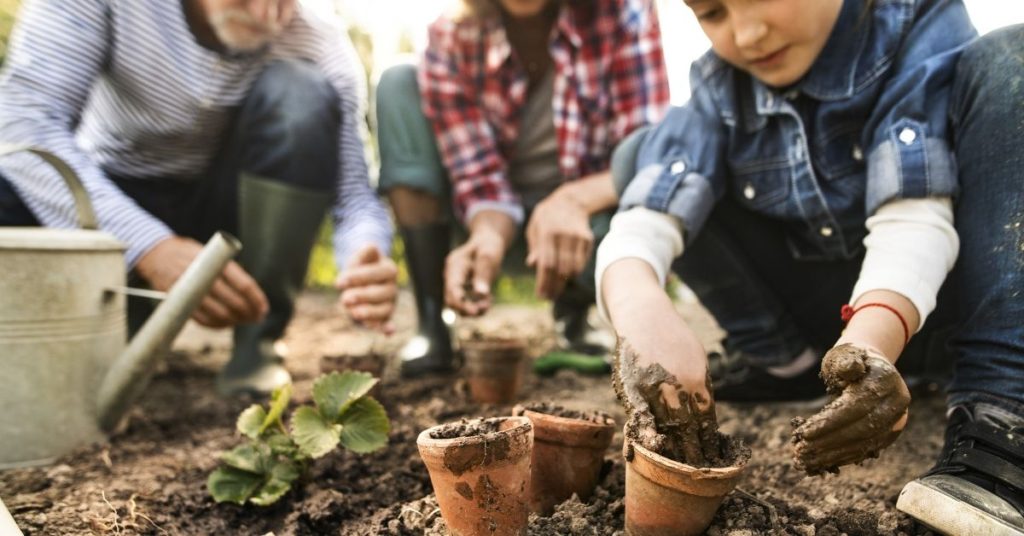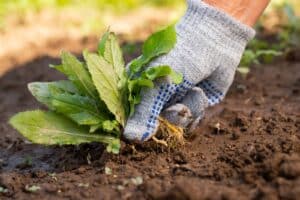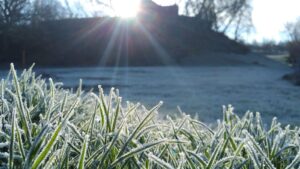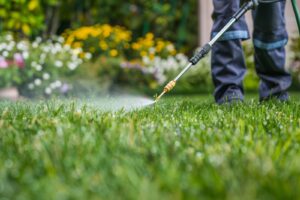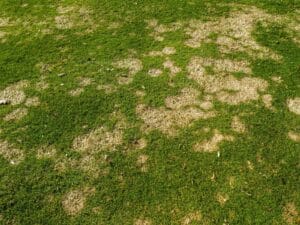In part 1 of this post, we went over planning out your garden by choosing what you want to harvest and picking a location. Today we’re going to get into some of the logistics getting started on your garden.
Get the Proper Tools
After you’ve gotten through the planning stage, you’ll need to invest in the proper tools for your garden. The tools you require may vary based on what you’ve decided to plant. Some basic tools most gardeners need regularly include a garden hoe, scuffle hoe, dirt rake, leaf rake, garden shovel, hand tools, and gardening gloves. This list should be a good starting kit for you.
Test and Prepare Soil
Before you start planting, be sure to test your soil. Testing your soil will help you to determine many things. Are there a lot of nutrients in your soil? Determine if your soil is neutral pH, soil acid, or alkaline. Is your soil made of sand, clay, silt, rocks, or a combination? Has your soil been contaminated? For plants to flourish, they need deep, fertile, rich soil. You may need to build your soil. If that’s the case, start with sod. Till the sod or use wet newspaper to smother it. Healthy soil means a healthy garden—good soil will decrease your chances of pests and disease and increase your nutrition.
Seed or Transplants?
After your soil is ready to go, it’s time to determine if you want to transplant your garden or start with seeds and watch them grow. If you go with seeding, plant seeds about three times deeper than the diameter of the seed. Give the seed generous light and watering—read the seed package for special instructions. If you go with transplants, plant them at the same depth they are growing in the pot. They may also come with some planting instructions.
Plant and Nurture
Planting in the spring is always a good idea after the danger of frost has passed. Whether you are planting seeds or transplants, the younger the plant the more fragile it will be and the more protection it will need. Once your garden has aged a little, it will be more durable. Be prepared to dedicate some time to your garden every day—the amount of time will vary based on the garden. Be sure to pull up weeds as soon as your spot them—when they are small, they are easier to pull up and likely haven’t spread much yet.
Be sure to water your plants with about one inch of water a week during their growing season. Your environment and climate will also impact this. The more rain you get, the less you’ll need to water. But if you live in a dry climate—such as Utah—you’ll need to water more regularly.
If you’ve planted edible foods, be sure to harvest them regularly and enjoy.


